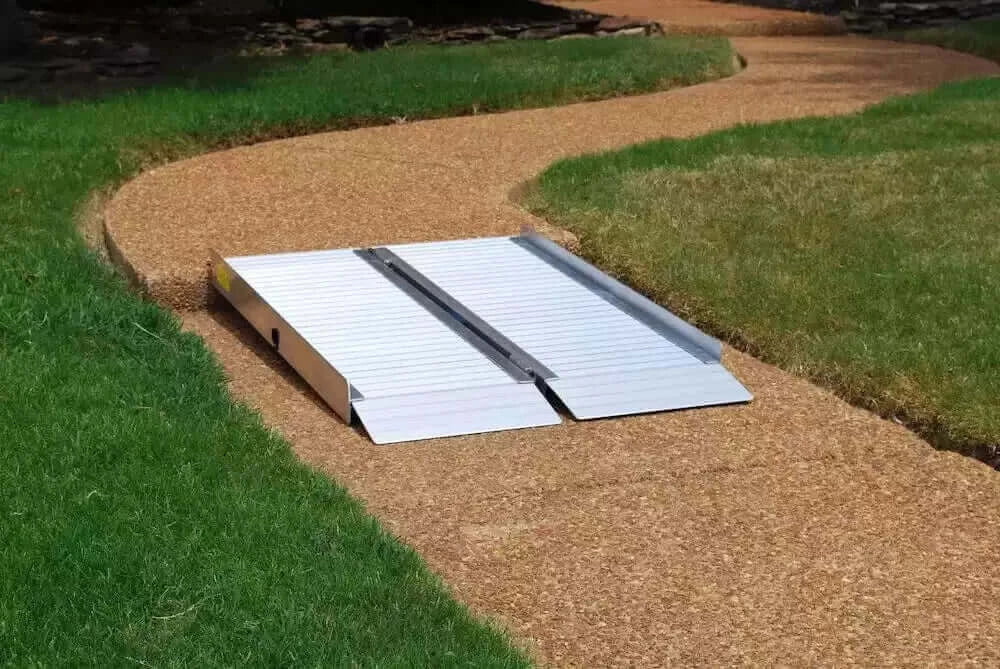
Keep the Hearth Healthy: Your Complete Guide to Wood Fireplace Maintenance
Why Wood Fireplace Maintenance Should Never Be Ignored
A cozy wood-burning fireplace can transform your home into a warm and inviting retreat. But like any home appliance, it requires regular care. Ignoring wood fireplace maintenance doesn’t just reduce efficiency—it creates serious safety hazards. From chimney fires to indoor smoke pollution, the consequences of neglect are real. That’s why wood fireplace maintenance is more than a chore—it’s a homeowner’s responsibility. Regular
chimney sweep services can help identify problems before they become costly repairs.
When and How Often Should You Clean Your Fireplace and Chimney?
Experts in wood fireplace maintenance recommend a thorough cleaning at least once per year. The best time? Right after the cold season ends, in spring or early summer. This ensures any soot, debris, or creosote buildup doesn’t sit in your chimney all year long. Annual
soot removal plays a crucial role in keeping your chimney safe and functional.
Signs It’s Time for a Cleaning
- A strong, smoky odor even when the fireplace isn’t in use
- Soot or debris falling into the firebox
- Poor draft or smoke backing up into the room
- A visible layer of creosote more than 1/8 inch thick
Don’t wait until these signs become obvious. Routine wood fireplace maintenance prevents costly repairs and keeps your system running smoothly.
DIY Wood Fireplace Maintenance: Step-by-Step Basics
While calling in a professional is the safest bet, many homeowners tackle basic fireplace upkeep themselves. If you’re confident and cautious, here are the fundamentals of DIY wood fireplace maintenance.
Essential Tools You’ll Need
- Chimney brush (sized for your flue)
- Extension rods
- Drop cloths
- Dust mask and safety goggles
- Flashlight or headlamp
- Vacuum (preferably a shop vac)
Basic Cleaning Process
- Lay drop cloths to protect the surrounding area
- Inspect the chimney with a flashlight
- Seal the fireplace to keep dust and soot contained
- From the roof, insert the brush and begin scrubbing in up-and-down motions
- Clean up any debris that falls into the firebox
- Vacuum and wipe down the surrounding area
Benefits of Hiring a Chimney Sweep Professional
Professional chimney sweeps bring experience, tools, and trained eyes to spot problems you may miss. Certified sweeps follow rigorous wood fireplace maintenance protocols to ensure every aspect of your system is safe. Efficient
home heating relies on a well-maintained fireplace and chimney system.
Why Call in the Pros?
- Lack of proper equipment
- Fear of heights or rooftop work
- Complex chimney structures
- Signs of damage like cracks or leaks
Hiring a professional guarantees not only a deep clean but also a full inspection of your flue, cap, crown, damper, and liner.
Maintenance Checklist: Keeping Your Wood Fireplace in Top Shape
To make your wood fireplace maintenance routine easier, use this go-to checklist:
- [ ] Inspect chimney for creosote buildup
- [ ] Clean fireplace tools and accessories
- [ ] Examine firebox for cracks or loose bricks
- [ ] Clear debris and ashes regularly
- [ ] Test damper for smooth operation
- [ ] Check chimney cap for damage or blockages
Stay ahead of problems with this easy-to-follow maintenance plan.
Common Mistakes to Avoid
Many homeowners make small errors that can lead to big problems. Here are some to steer clear of:
Top Mistakes
- Using green or wet wood: Produces more creosote and burns inefficiently
- Skipping annual inspections: Even if you’re not burning wood frequently
- Ignoring chimney caps: Missing or broken caps invite pests and debris
- Forgetting the damper: A stuck or broken damper affects airflow
Wood fireplace maintenance isn’t hard—but doing it right matters.
Benefits of Consistent Wood Fireplace Maintenance
Beyond safety, keeping up with fireplace care improves your home’s comfort and energy efficiency.
What You Gain
- Peace of mind: Reduce the risk of chimney fires
- Cleaner air: Fewer pollutants and less smoke inside
- Longer lifespan: Protect the brickwork and chimney liner
- Better performance: Easier to start fires and maintain warmth
Regular wood fireplace maintenance turns an ordinary fireplace into a dependable asset.
Frequently Asked Questions (FAQ)
How often should a wood-burning fireplace be cleaned?
At least once a year. If you use your fireplace heavily, consider cleaning it twice annually.
Can I clean the chimney myself?
Yes, if you have the proper tools and confidence. However, a professional ensures a safer, more thorough job.
What is creosote and why is it dangerous?
Creosote is a flammable substance that forms from burning wood. It can cause chimney fires if not removed.
Is it okay to burn treated or painted wood?
No. Only burn dry, seasoned firewood. Treated or painted wood releases harmful chemicals.
What’s the best time of year for chimney cleaning?
Spring or early summer, right after the heating season ends.
Final Thoughts: Make Fireplace Care a Priority
Your fireplace is a centerpiece of warmth and comfort. But that cozy charm comes with a maintenance obligation. By staying on top of your wood fireplace maintenance schedule, you keep your home safe, your air clean, and your heating efficient. Whether you’re doing it yourself or hiring a certified chimney sweep, don’t skip the care your fireplace deserves. Wood fireplace maintenance isn’t just smart—it’s essential. it’s best to hire an expert.
